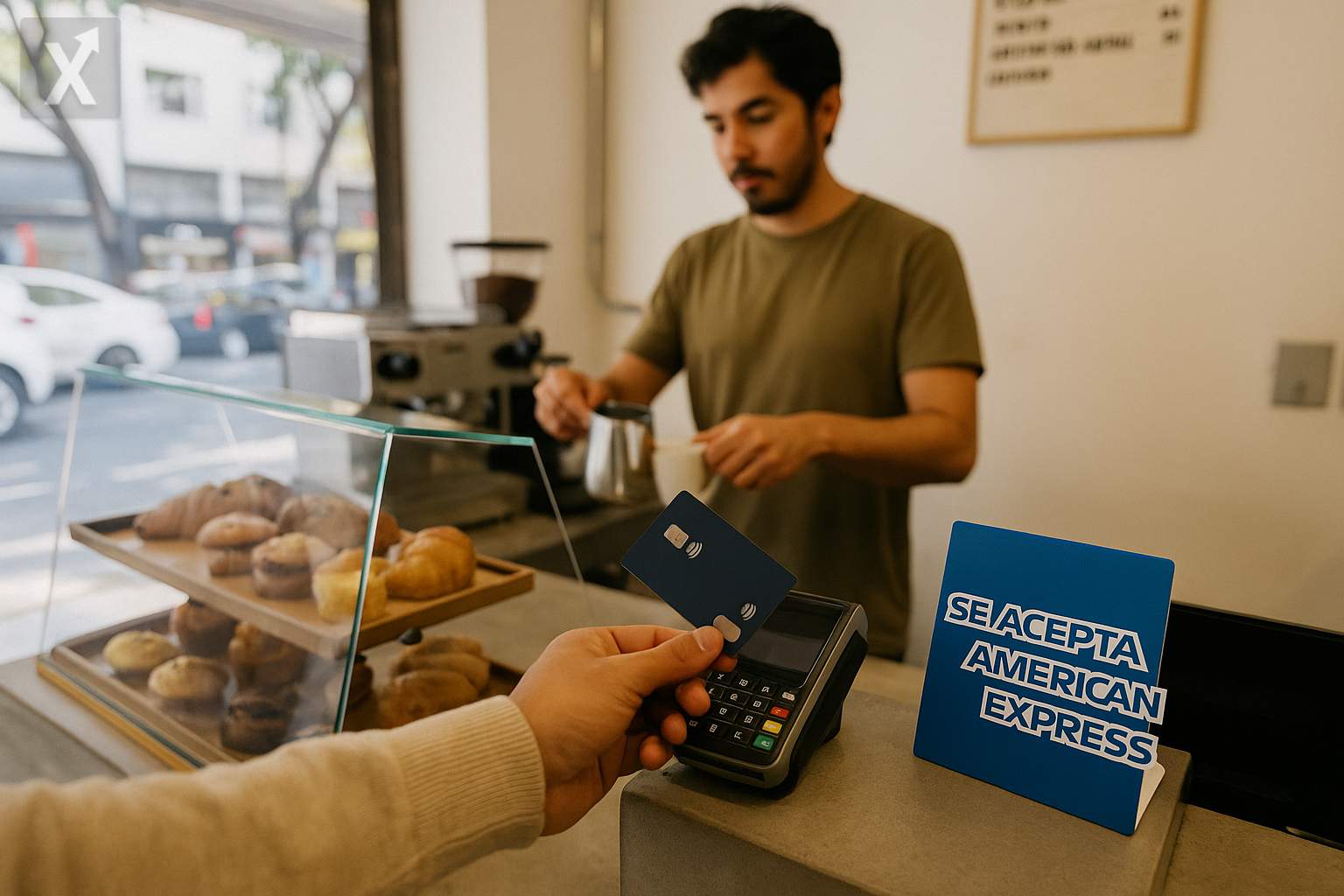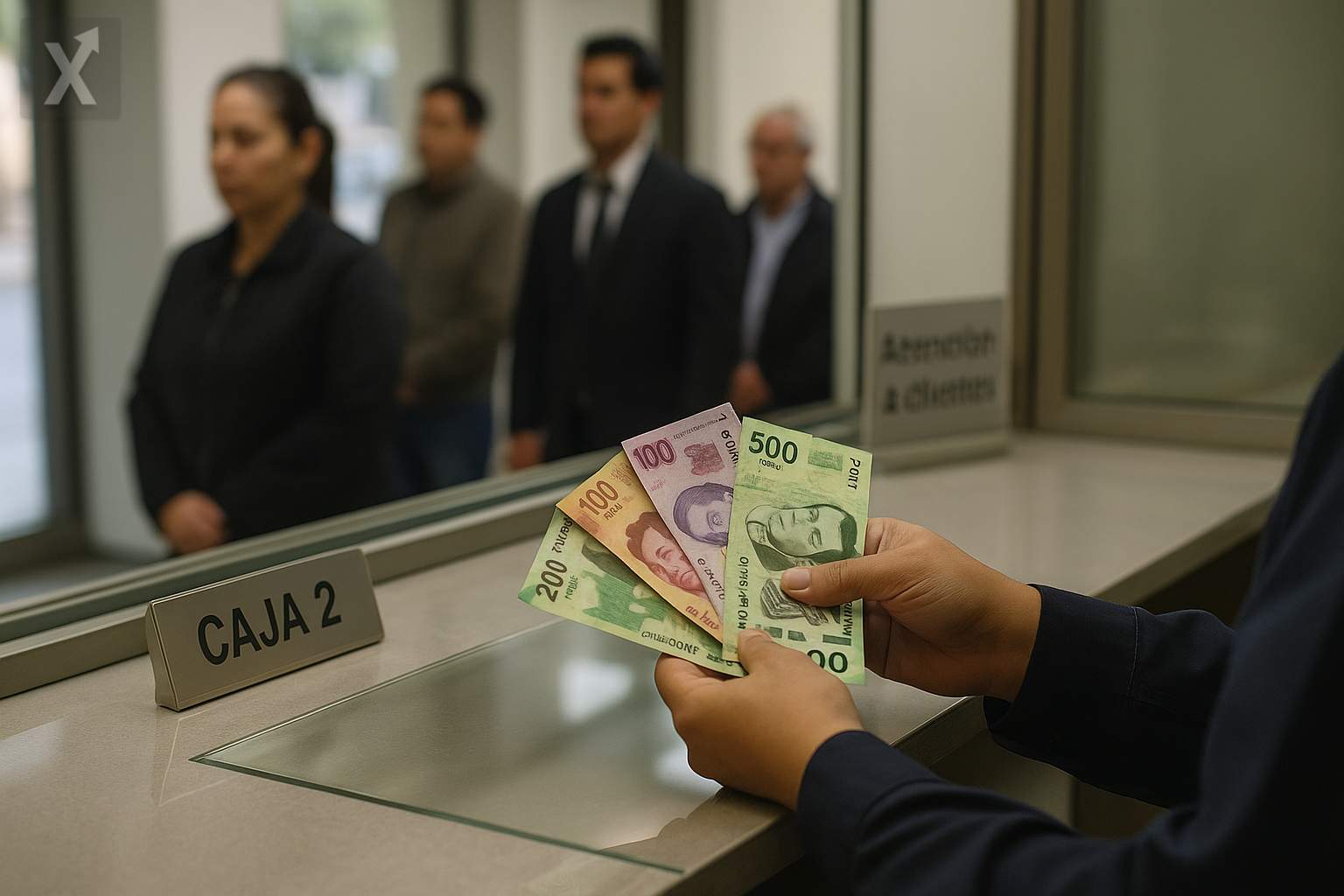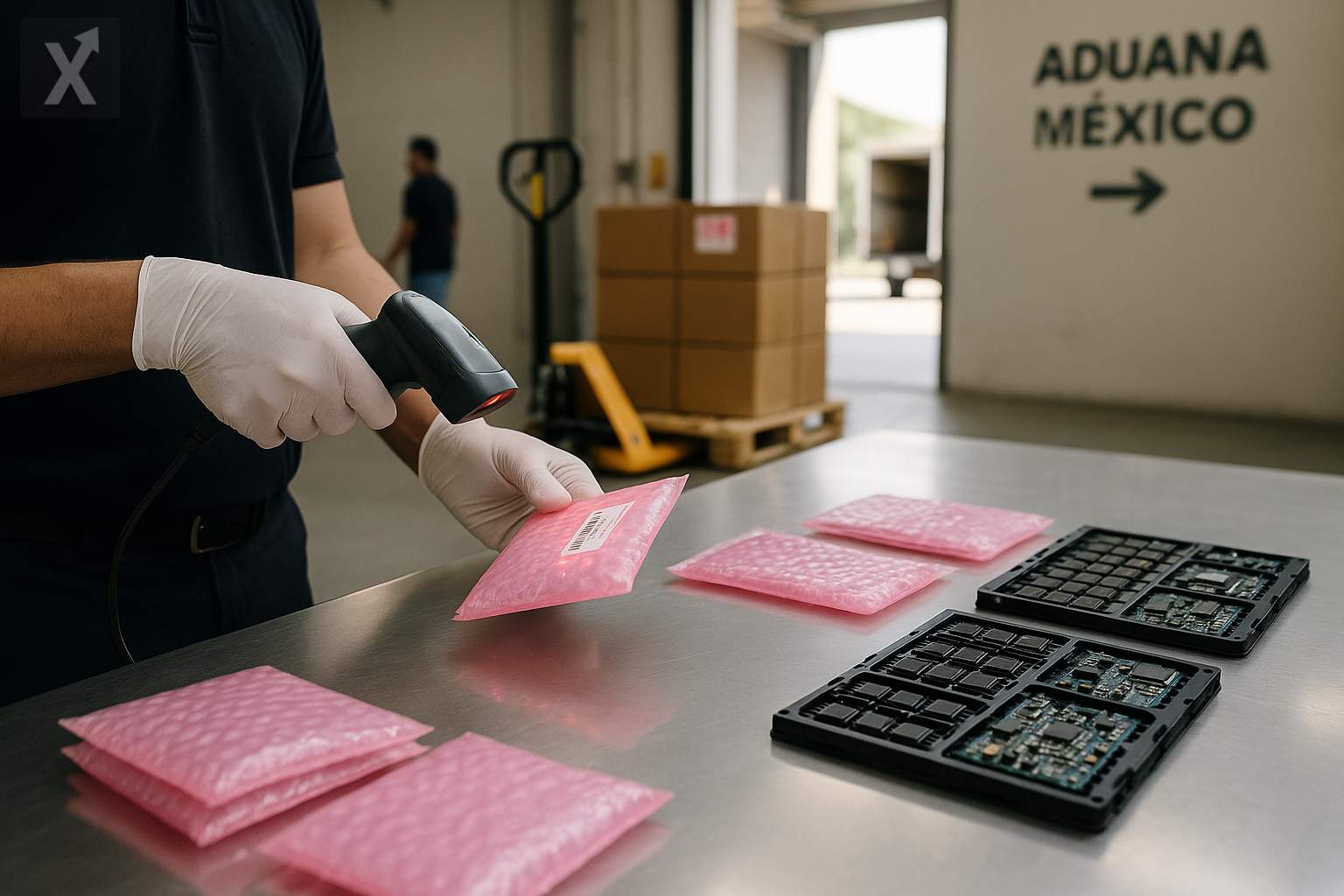American Express Expands Its Presence Among Small Businesses and Public Transportation in Mexico

The electronic payments landscape in Mexico has undergone a remarkable transformation in recent years, as shown by the growing adoption of cards like American Express (Amex) among small businesses, service chains, and even public transportation systems such as the Mexico City metro. This trend stems from both the company’s global and national strategies to dispel the traditional notion that Amex cards are only accepted at upscale establishments, diversifying its presence throughout the Mexican commercial ecosystem.
Since the late 2010s, American Express has driven a growth model based on directly affiliating merchants and forming strategic alliances with banks, fintechs, and payment service aggregators. Under the leadership of Patricio Mendoza beginning in October 2024, Amex acceptance in Mexico has increased eightfold compared to 2017, adding roughly two million new businesses in the past three years. This progress is especially significant in the Mexican economy, where more than 99% of companies are small and medium-sized enterprises (SMEs), historically limited to operating mainly with cash or dominant bank-issued cards.
One of the key developments fueling this expansion is the implementation of the OptBlue program, which allows SMEs to consolidate payments from different card networks onto a single terminal, streamlining their sales management. This eliminates the need for separate terminals when accepting American Express—an obstacle that had previously discouraged small merchants from taking Amex. Additionally, the company has sought to encourage spending through rewards and cashback programs such as Shop Small, designed to boost purchases at local businesses and bring more visibility to this segment.
The strategy appears to be working: American Express internal surveys show that its cardholders in Mexico tend to spend, on average, 50% more than users of other cards—and 30% more at independent merchants. This customer profile attracts businesses by increasing average ticket size, thus supporting growth and development for SMEs. At the same time, innovative products such as the Business Platinum Card—launched last year and aimed at small and medium business owners—offer up to 50 days of interest-free financing and structured payment programs, contributing to greater financial inclusion and improved working capital conditions.
This phenomenon doesn’t happen in a vacuum. Mexico has the second-largest fintech ecosystem in Latin America, with around a thousand companies operating locally, according to the Fintech Mexico Association and Deloitte estimates. By 2027, more than 85 million Mexicans are expected to be using digital financial services, further fueling demand for electronic payment solutions and financing tools for both individuals and businesses. While cash payments remain dominant—especially in the informal segment of the economy—use of cards, both debit and credit, is growing at a rate that outpaces the country’s GDP growth.
American Express acceptance has also extended to public services, such as the Mexico City metro and Metrobús, allowing for contactless payments and giving urban residents broader access to modern payment methods in their everyday activities. This expansion is accompanied by increased signage, with the recognizable Amex blue now visible at various sales points and transportation sites, reflecting the company’s renewed strategy to be present “wherever the customer wants to pay.”
Looking ahead, the expanding presence of American Express in Mexican commerce and services underscores the dynamism of the financial sector and its potential to move towards a less cash-dependent economy. While competition from other issuers—and especially from cash—remains, the trend points toward further digitalization of payments and the gradual integration of all segments of the population and types of businesses into the formal financial services ecosystem.
In summary, Amex’s strategy in Mexico highlights how collaboration between traditional financial sectors and innovative companies can deliver tangible benefits for merchants, consumers, and the economy as a whole. The inclusion of SMEs and the digitalization of everyday payments suggest a future where access to modern financial tools will become increasingly widespread, even though cash remains, for now, the main competitor to beat.






